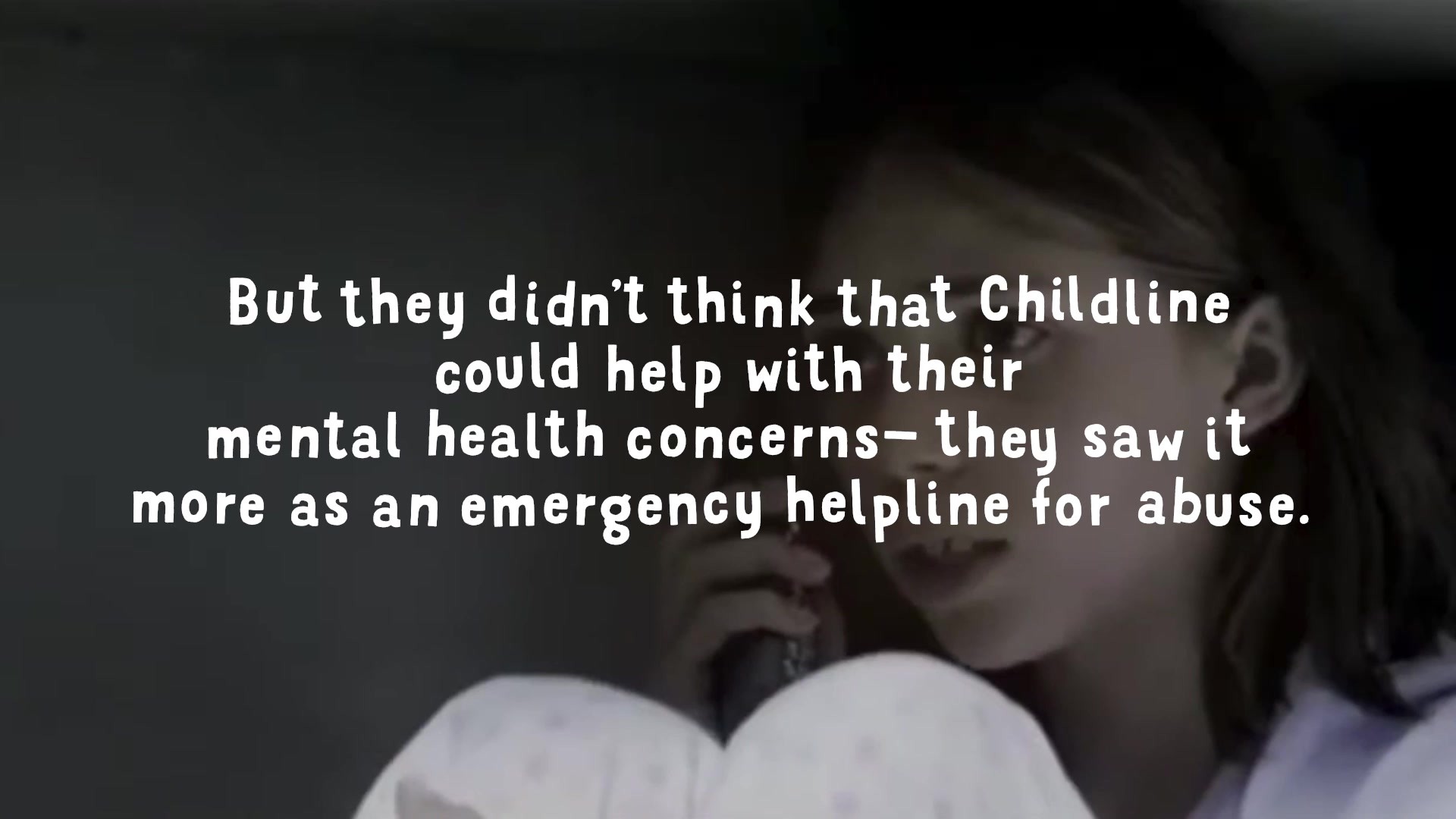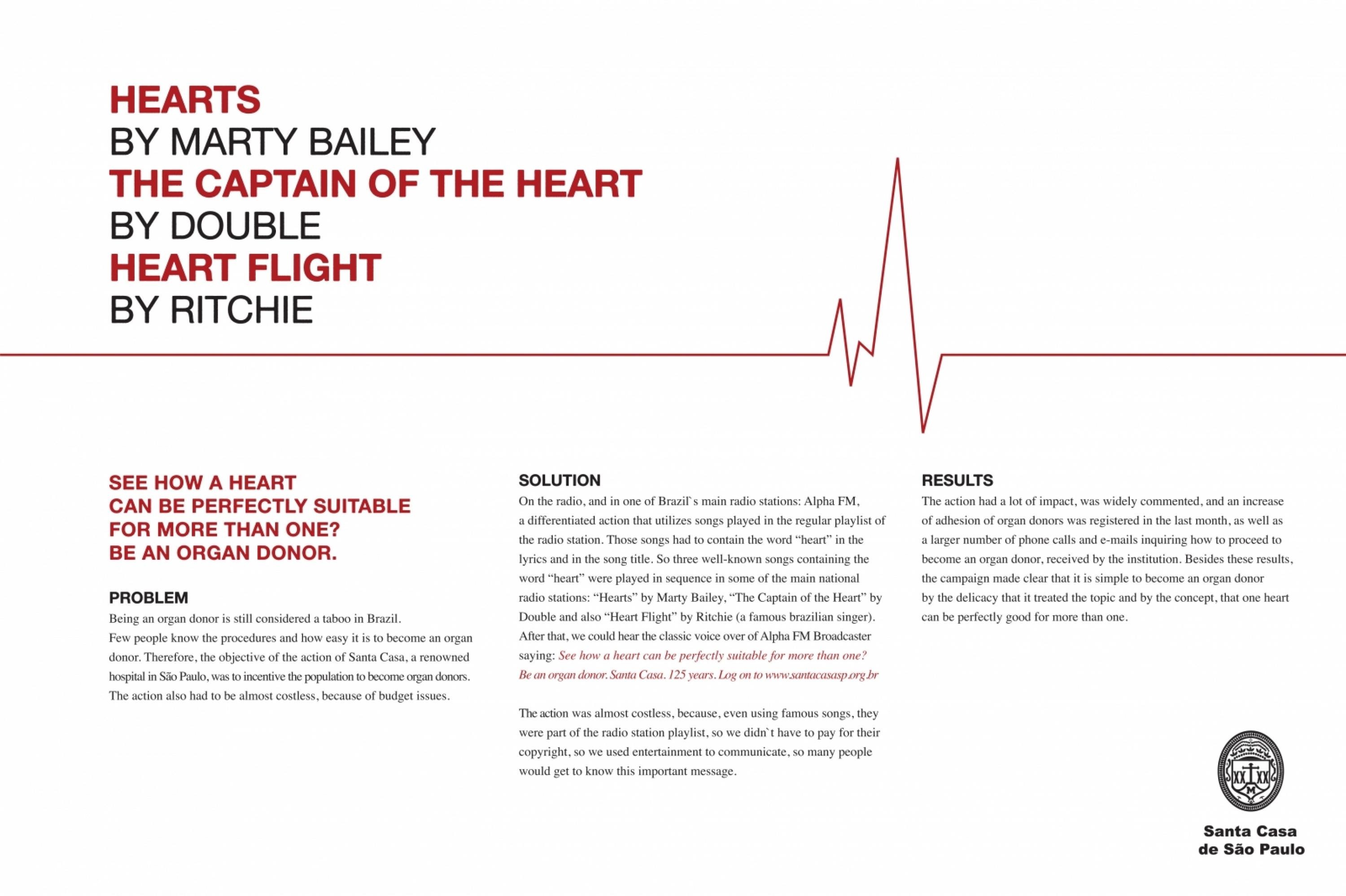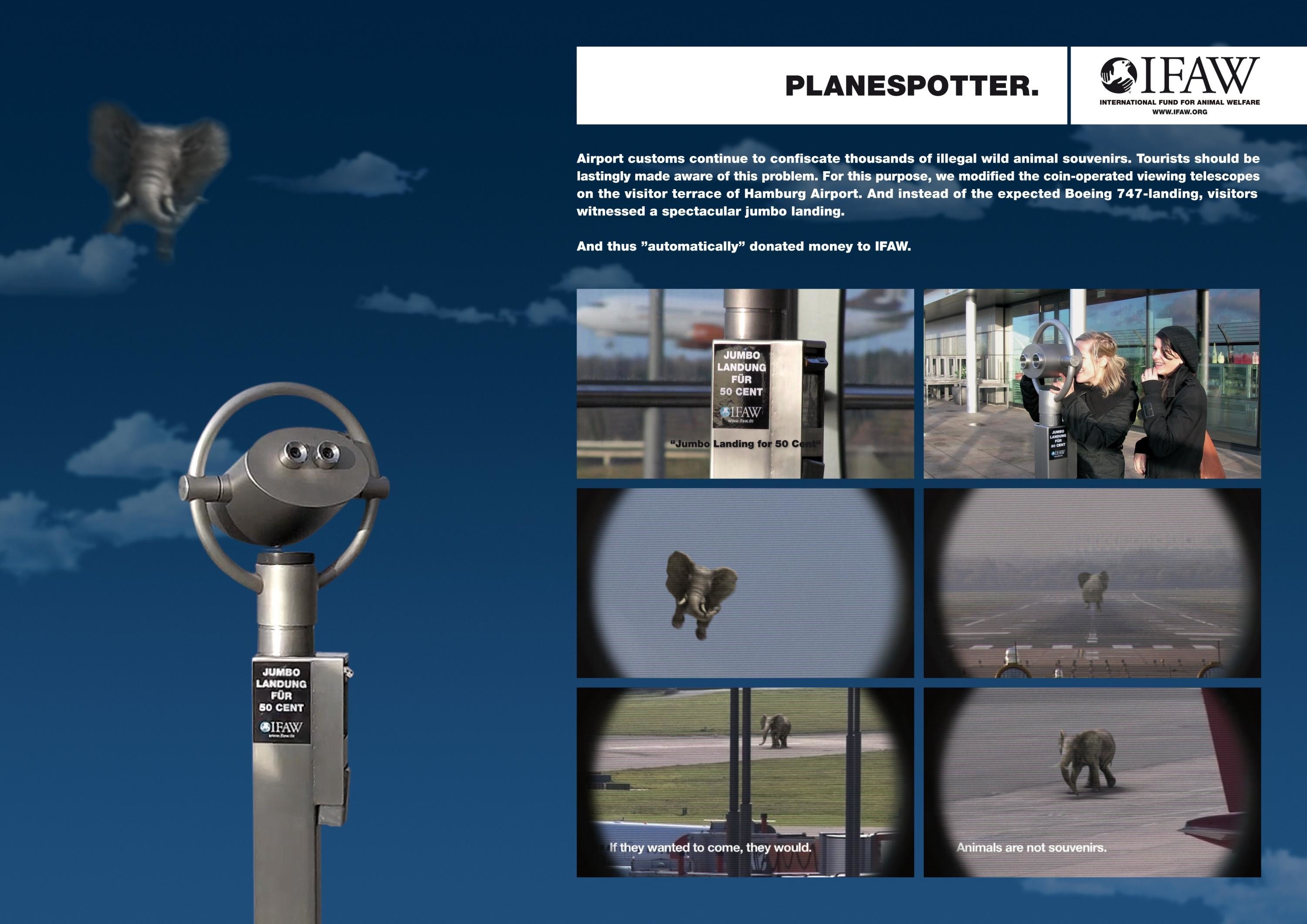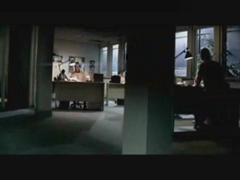Cannes Lions
Nobody Is Normal
THE GATE LONDON / CHILDLINE / 2022

Overview
Entries
Credits
OVERVIEW
Background
After 34 years, Childline a free counselling service for 9-18 year olds – needed to move with the times.
Mental health was a major issue for young British people, exacerbated by the COVID-19 pandemic, and overstretched health services couldn’t provide the help they desperately needed.
Childline was perfectly placed to help. But research showed that (thanks to previous campaigns) young people saw Childline more as an emergency helpline for abuse, rather than a service for mental health support. And even worse, they didn’t feel Childline saw things from their point of view.
Childline could help fight the mental health crisis engulfing young people, but we needed a strategy that could:
•Lead to a potent idea that cuts through and re-establish Childline’s relevance to 21st century young people
•Change attitudes: convince young people that Childline understood and could help with mental health concerns
•Provide a platform for growth: recruit new users
Idea
The creative idea is that everybody is hiding their “weirdness” inside, so Nobody Is Normal.
The insight everybody feels like they don’t fit in is translated into a campaigning concept, attacking the idea of “normal”. It smashes the personal fable, telling young people that they’re not alone.
The timeless insight enabled a timeless campaign style: by design, it will never date. This broke youth marketing conventions, which dictate that only ultra-contemporary is credible.
The campaign visualises inner feelings such as depression as “creatures”. In co-creation workshops with young people, we built on our linguistic analysis of call data to help creatives visualise the creatures down to every last detail, reflecting our audience’s lived experiences.
The campaign’s dark feel is no creative whim: it is a strategic choice to authentically reflect our audience’s inner worlds. The deliberately unsettling style delivers on our strategy to make the content “thumbstopping” and drive reappraisal.
Description
Please provide a summary of your entry. Entries should highlight the creative idea behind the work and describe how the objectives of the campaign have been successfully met.
Background & Context
After 34 years, Childline - a free counselling service for 9-18 year olds – needed to move with the times. Mental health was a major issue for young British people, exacerbated by the COVID-19 pandemic, and overstretched health services couldn’t provide the help they desperately needed. Childline was perfectly placed to help. But research showed that (thanks to previous campaigns) young people saw Childline more as an emergency helpline for abuse, rather than a service for mental health support. And even worse, they didn’t feel Childline saw things from their point of view.
Childline could help fight the mental health crisis engulfing young people, but it had to prove its relevance to a new generation.
Creative Challenge
Prove that Childline truly understands 21st century young people’s deepest, most difficult feelings.
Solution.
We recognised that Childline needed to move beyond its usual “advertising” approach and instead create something that could credibly compete with the content its audience were consuming.
And we defined a bigger ambition for the brief: firstly, to move away from Childline’s usual single issue campaigns, and instead focus on mental health in the broadest possible sense, to reach as many young people as possible.
Our breakthrough thinking began with a radical approach to Childline’s call data, which has never been done before. We analysed transcripts qualitatively, looking for themes. And one sang out: “I’m different.” We could’ve made this campaign: “We understand you feel different”. But that’s a sympathetic response: it creates distance. To be true to Childline principles, we needed an empathetic approach.
Our research uncovered an adolescent cognitive development effect called “the personal fable”: they feel their problems are unique. Combining this psychological understanding with the data insight, we uncovered the real problem: every young person believed they were the only “weirdo” who didn’t fit in. Of course, they aren’t. The key insight: everybody feels like they don’t fit in.
Our strategy flipped the mental health script from “individual problems” to “universal experience”: we’d demonstrate Childline’s empathy by showing young people that feeling different is a universal struggle, therefore they aren’t alone.
Execution
The creative idea is that everybody is hiding their “weirdness” inside, so #NobodyIsNormal.
The insight everybody feels like they don’t fit in is translated into a campaigning concept, attacking the idea of “normal”. It smashes the personal fable, telling young people that they’re not alone.
The campaign visualises inner feelings such as depression as “creatures”. In co-creation workshops with young people, we built on our linguistic analysis of call data to help creatives visualise the creatures down to every last detail, reflecting our audience’s lived experiences.
The campaign’s dark feel is no creative whim: it is a strategic choice to authentically reflect our audience’s inner worlds. The deliberately unsettling style delivers on our strategy to make the content “thumbstopping” and drive reappraisal.
Similar Campaigns
12 items









